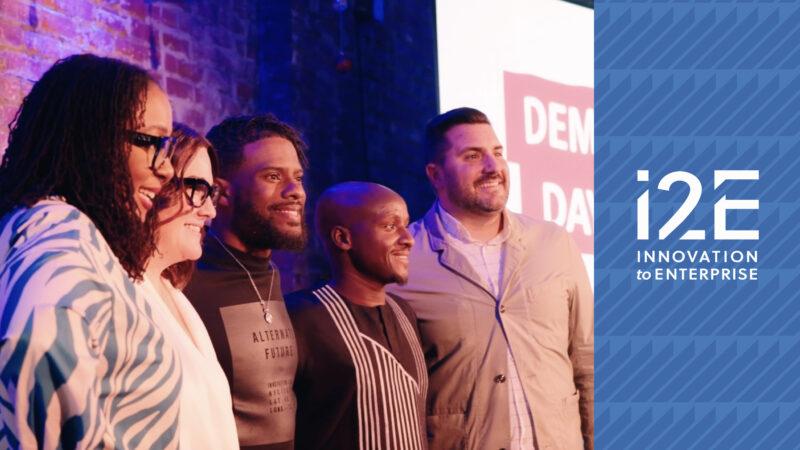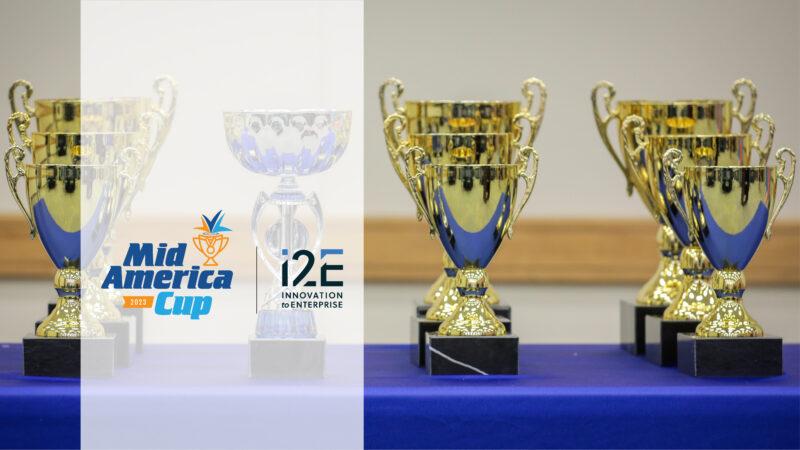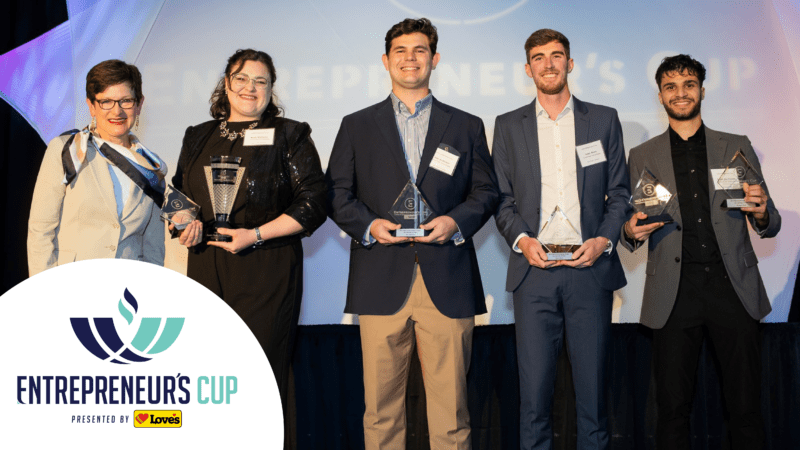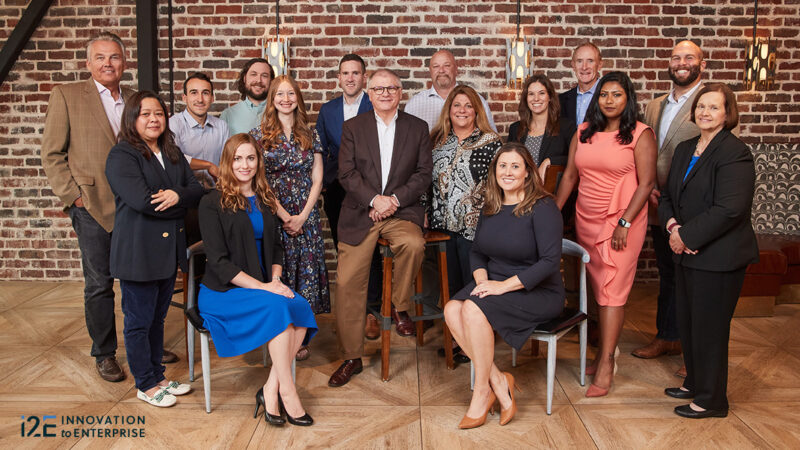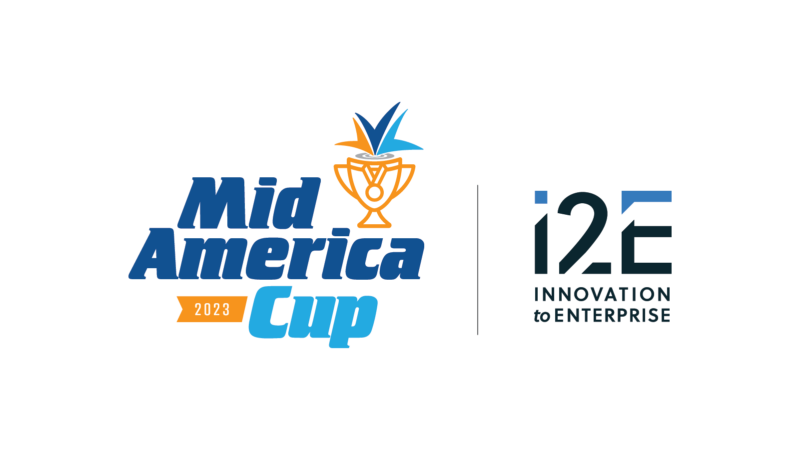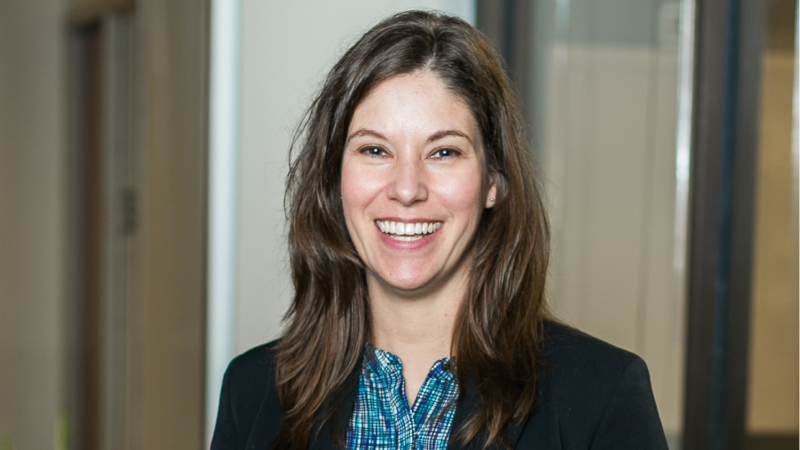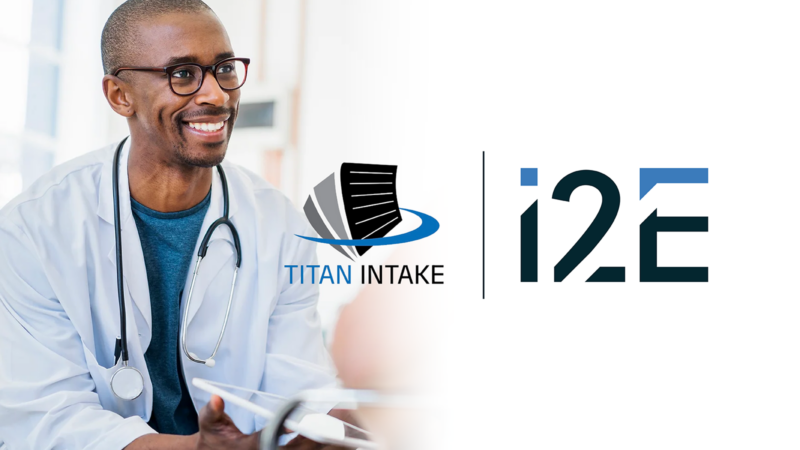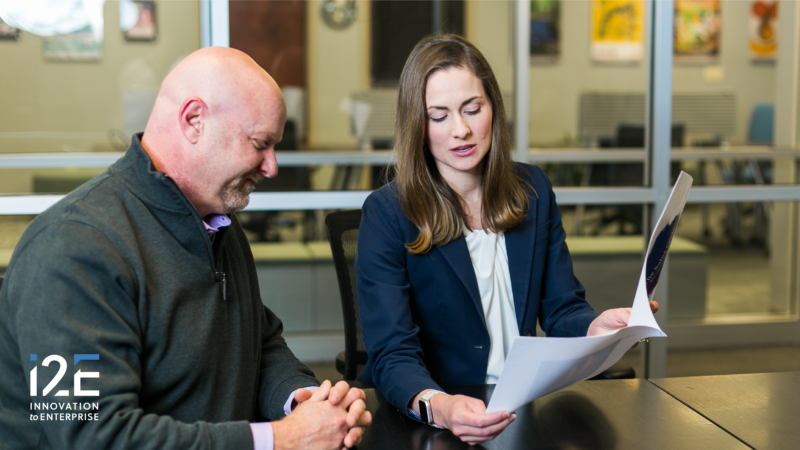By Dr. Stephen Prescott
Oklahoma Medical Research Center
Copyright © 2014, The Oklahoma Publishing Company
Almost a half-century ago, a group of Oklahoma City’s business and civic leaders had an Aha! moment. They visited the Texas Medical Center in Houston and realized, “We need to build one of these here.”
Forty-plus years later, the Oklahoma Health Center is home to more than two dozen health- and research-related entities that collectively employ more than 17,000 people.
That represents a tremendous achievement. But instead of resting on our laurels, it’s time to ask: What’s next?
Indeed, this is a question that the Oklahoma City Chamber, the Oklahoma Health Center Foundation, and numerous organizations and businesses that call the health center home are now posing. The answer, I’d argue, is as vital to this city’s future as Kevin Durant is to the Thunder’s playoff hopes.
A stroll around the health center, which is located northeast of downtown and roughly centered between 8th and 13th streets and between I-35 and Phillips Avenue, offers a good idea of what I’m talking about. But, of course, almost nobody strolls around the health center. And that’s where the problem begins.
As Steve Lackmeyer pointed out in The Oklahoman last month, the area is anything but pedestrian-friendly. The geography is dominated by a trio of features: surface parking lots; busy roadways that are long on automotive traffic and short on sidewalks; and outsized buildings — hospitals, research buildings, parking garages — that are both out of scale with ordinary human experience and offer no reason for someone without specific business in that structure to wander in.
In other words, unless you work there or need dialysis treatment, you’re not coming to the health center. And if you do come, you’ll leave as soon as you’ve finished your business. Because why would you want to stay?
After all, there’s nowhere (no offense to my very own Oklahoma Medical Research Foundation cafeteria) to eat. Ditto for coffee shops, microbreweries and boutiques. There’s also no residential housing and no hotels, although a new Embassy Suites is scheduled to complete construction next year.
If you compare this with Boston’s Innovation District or the South Lake Union area in Seattle, you’ll see that those areas are chock full of spaces, structures and events designed, to borrow a phrase, to encourage innovators of all stripes “to crash into one another.” That means housing; businesses like restaurants, gyms, Internet cafes, art galleries and pubs; public spaces like parks and walking trails; and networking opportunities galore.
In Boston, networking events abound in District Hall, which the Brookings Institute (in its report “The Rise of the Innovation District”) describes as “the world’s first public innovation building, providing gathering space for the innovation community.” A few blocks away, Bostonians can also experiment in so-called innovation housing in a development called Factory 63, which offers not only “micro” apartments but also public areas for working, socializing and events.
So if we want to transform the institutional, somewhat inhuman feel of the health center into a lively ferment of ideas and idea-generators, we need to build a community that draws creative people there. Not just for work or to receive healthcare, but to think and play and live. And we need to structure the space and experiences so that they encourage serendipitous meetings and thought exchange between creative people of all different stripes.
Because that’s how innovations are born: when creative people with complementary ideas collide. Which brings me to another big change that needs to happen.
Right now, the health center is dominated by, duh, health. But as any engineer, artist, academic or software developer can tell you, medicine and medical research own no monopoly on creativity. To build an innovation district with such a narrow focus is like restricting your diet to a single food group.
Fortunately, the arrival of the new GE Oil and Gas Technology Center represents a great chance to diversify, adding energy and engineering to the mix. To understand the importance of engineering in seeding innovation, look no further than Silicon Valley, where engineers hatched the start-ups that became Intel, AMD and Hewlett-Packard.
GE, I hope, will serve as the beachhead for more technology-driven enterprises in the center. The Oklahoma Independent Petroleum Association also recently opened its headquarters on the southern tip of the area.
The energy industry shares much with the biotechnology sector. Both rely on highly trained researchers to find creative solutions to age-old problems. We try to solve those problems using similar processes, and our technologies even overlap. Surely, there is much we can teach one another given the chance.
But why stop at engineers, doctors and medical researchers? Our city is best served when all of the folks with big ideas interact regularly. That means neuroscientists and architects brainstorming about creating work spaces that spur optimal productivity. Petroleum engineers and physicists devising novel ways to employ magnetic resonance imaging technology. Biostatisticians teaming with educators and computer animators to build more effective online educational tools.
Sounds great, right? So how do we make that happen?
I have some ideas. Even some crazy, swing-for-the-fences ones. But I’m all out of space. So I’ll tell you more in my next column.
Prescott, a physician and medical researcher, is president of the Oklahoma Medical Research Foundation. Email him at [email protected].

